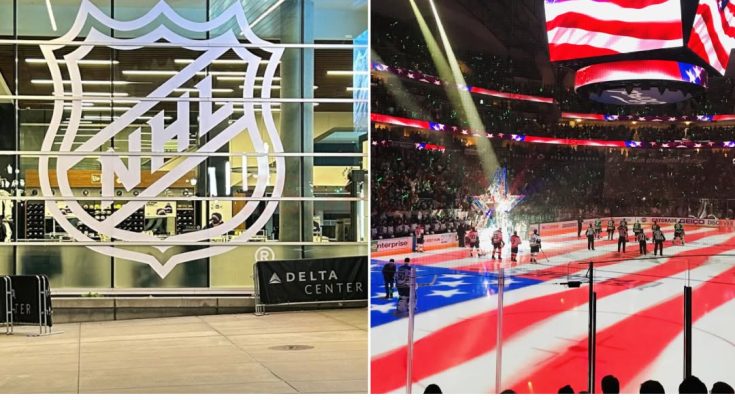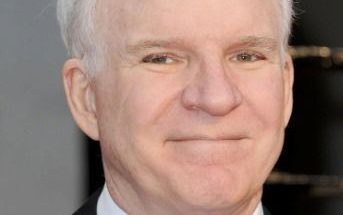In a recent decision that has sparked widespread debate, the NHL announced that it would be banning the Black National Anthem from its games, reaffirming the stance that the United States only has one official national anthem and one flag. The move has generated significant controversy, drawing both support and criticism from various segments of society. Supporters of the decision argue that it promotes unity and national pride, while opponents see it as an attempt to suppress diversity and marginalize voices advocating for racial justice.
The Black National Anthem, known as “Lift Every Voice and Sing,” has historically been an anthem that represents the struggles and triumphs of the Black community in America. It has served as a powerful symbol of resilience and hope for African Americans, particularly during the Civil Rights Movement and in the decades that followed. The song was first performed in 1900 by the choir of the segregated St. Louis African Methodist Episcopal Church, with lyrics written by James Weldon Johnson and music by his brother John Rosamond Johnson. Over time, it has come to be recognized as an anthem of Black pride, a call for equality, and a reminder of the long road to civil rights and justice in America.
However, the decision by the NHL to ban the Black National Anthem has been framed as an attempt to reinforce the notion of unity through a singular national identity. The league’s leadership has expressed that, while they respect the historical significance of “Lift Every Voice and Sing,” the official anthem of the United States is “The Star-Spangled Banner,” and it is the only anthem that should be sung at NHL events. This stance is rooted in the idea that having multiple anthems or songs representing different groups or communities within the country could divide the nation rather than bring it together.
The NHL’s decision to ban the Black National Anthem has been met with mixed reactions. Supporters of the move argue that having one national anthem is essential for promoting a sense of national unity. They believe that the United States is founded on the idea of a shared identity, regardless of race or background, and that the national anthem is a unifying symbol for all Americans. In this view, having multiple anthems could create unnecessary divisions and send the wrong message about the country’s commitment to equality and harmony.
Critics, on the other hand, view the NHL’s decision as a direct attempt to silence the Black community’s expression of its unique experiences and struggles. For many, “Lift Every Voice and Sing” is not simply an anthem, but a vital part of their history and identity. Banning the song, they argue, dismisses the lived experiences of millions of Black Americans who have fought for their place in society and who continue to face systemic racism. By restricting the use of this anthem, critics contend, the NHL is reinforcing a narrow view of American identity that ignores the diversity and complexity of the nation’s history.
The debate over the Black National Anthem and its place in American society touches on deeper questions about the nature of national identity and what it means to be American. At the heart of the issue is the question of whether one unified national anthem can adequately represent the experiences of all Americans, especially those from marginalized communities. For some, the idea of having a single anthem symbolizes equality and patriotism. For others, it feels like a denial of their unique history and struggles.
The United States has long grappled with issues of race and equality, and the Black National Anthem has served as a reminder of the need for progress. The song’s lyrics speak to the perseverance of Black Americans in the face of injustice and inequality, and it has been a call for action, urging the nation to live up to its ideals of liberty and justice for all. By banning the anthem, the NHL may be seen as dismissing the ongoing fight for racial justice and equality, which many believe is still an essential part of the American story.
In the wake of the NHL’s decision, the debate surrounding national symbols such as the anthem and the flag is likely to continue. The United States, as a nation, has long struggled with how to balance unity with diversity. The American flag and “The Star-Spangled Banner” are powerful symbols of the country’s history and values, but for many, these symbols also represent a legacy of exclusion and oppression. As the nation becomes more diverse and as issues of racial justice remain at the forefront of public discourse, the question of what symbols and traditions truly represent the United States remains open for debate.
Ultimately, the NHL’s decision to ban the Black National Anthem underscores the complexities of navigating national identity in a diverse society. While some view the move as an affirmation of national unity, others see it as an erasure of the voices and experiences that make America what it is today. The conversation is far from over, and as America continues to evolve, the debate over its national symbols and what they represent will undoubtedly continue to shape the nation’s ongoing struggle for equality and justice.
Note: This is SATIRE, It’s Not TRUE.



